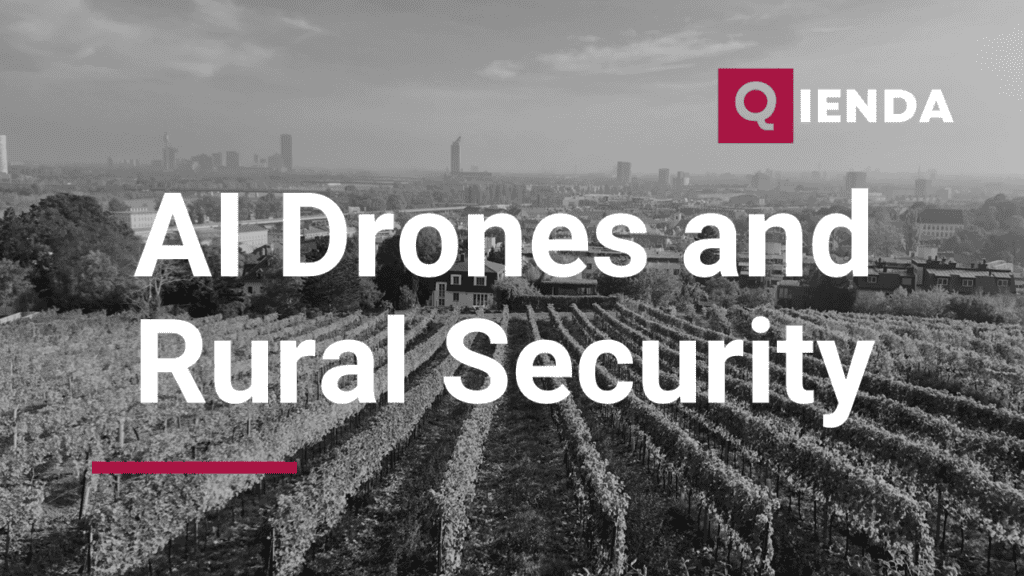
Elevating Land Surveillance with AI
Artificial intelligence (AI) is reshaping the landscape of agricultural security by offering advanced land surveillance capabilities. Through AI and machine learning (ML), farmers can gain insights into crop health, pest detection, and soil conditions, facilitating optimized planting for maximum yield. Additionally, AI systems monitor security cameras and drones to detect wild animals, unauthorized individuals, and other potential threats to crops.
AI-Driven Solutions in Wildlife Monitoring
Innovative applications of AI in wildlife monitoring within agricultural reserves have been significant. Using real-time surveillance, AI assists in maintaining the delicate balance of these ecosystems, providing a template for expansive security applications.
The Surveillance Challenge on Large Farms
The vastness of agricultural lands presents a significant challenge for monitoring. Security is a crucial aspect of farm management, as farms are vulnerable to theft and animal threats. AI and ML surveillance systems are now vital in managing these risks, offering continuous monitoring of crop fields and enhancing the safety of both crops and livestock.
AI and Drone Technology: A Synergistic Approach
The integration of AI with drone technology has led to a transformative approach in agricultural surveillance. AI algorithms such as CNNs and GANs empower drones to detect human activity even in remote areas with limited network coverage. This synergy is bolstered by edge computing, enabling drones to process data on-site, overcoming the limitations posed by the need for constant internet connectivity.
National Security and Global Competitiveness
Dr. Jose-Marie Griffiths, a member of the National Science Board, emphasizes that AI in agriculture is not just about enhancing productivity; it’s also a matter of national security. The ability to secure food supplies and maintain a competitive edge in global agriculture is increasingly tied to advancements in AI technology.
AI’s Impact on Environmental Stewardship and Farm Operations
The implementation of AI goes beyond security, extending into environmental stewardship. AI-enabled practices in agriculture such as precision farming help reduce waste, improve yields, and lead to more sustainable operations.
Venture Capital and the Future of AI in Agriculture
As AI continues to prove its value in agriculture, it attracts more interest from venture capital, though it remains a relatively small segment of the market. This increased investment is critical in developing and scaling AI solutions to meet the growing demands of the agricultural sector.
Ethical Considerations and Cybersecurity
With the rise of AI, ethical considerations such as data privacy and the use of proprietary data are coming to the forefront. There is also a heightened need for robust cybersecurity measures to protect against hacking and other digital threats, ensuring the safe adoption of AI in agriculture.
Conclusion: The Path to Autonomous Agricultural Surveillance
AI’s role in advancing autonomous surveillance is indisputable. However, as technology evolves, it must be implemented responsibly, with human oversight remaining a key component to ensure its ethical application in enhancing public safety across both rural and urban landscapes.
The integration of AI in agriculture is a testament to the sector’s ongoing transformation. It’s a step towards more efficient, effective, and secure farming practices, paving the way for an era of high-tech stewardship of the land.


